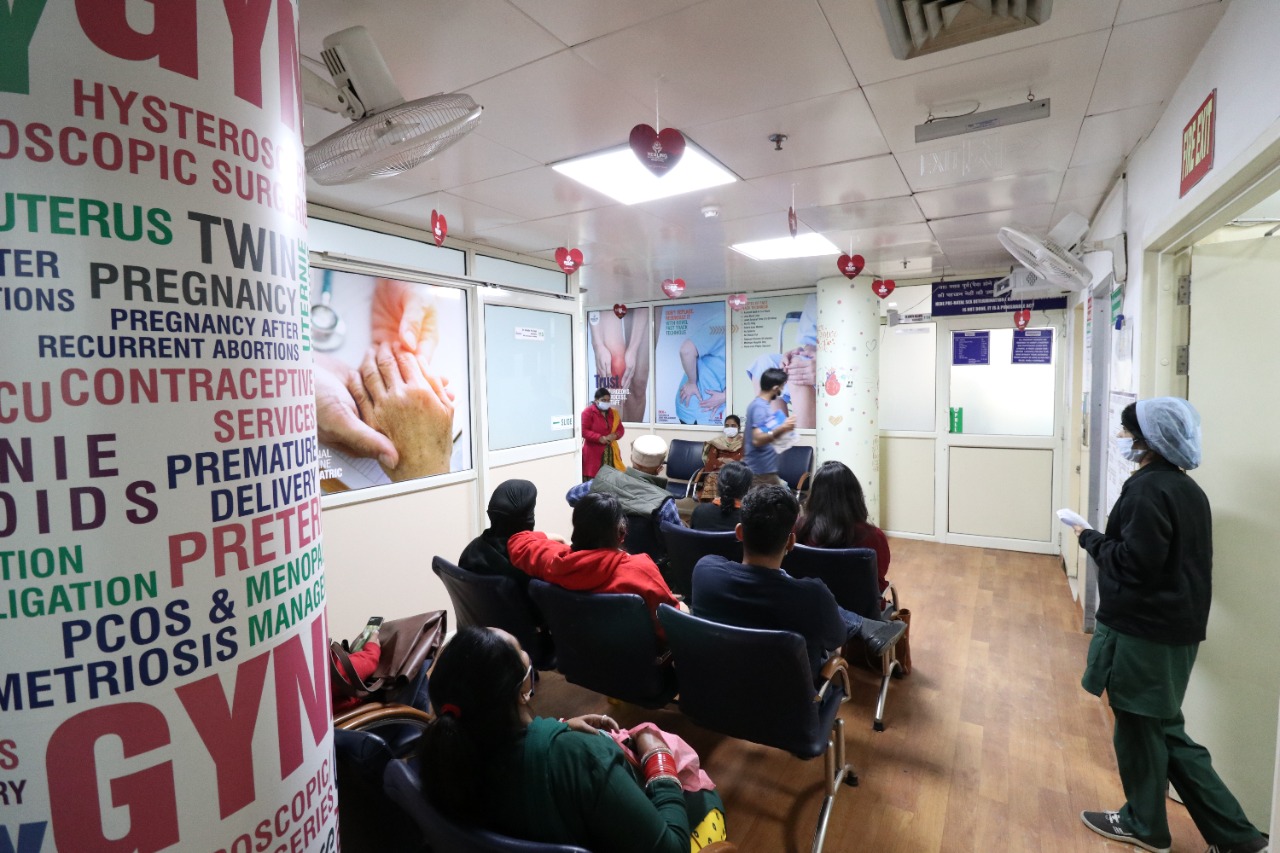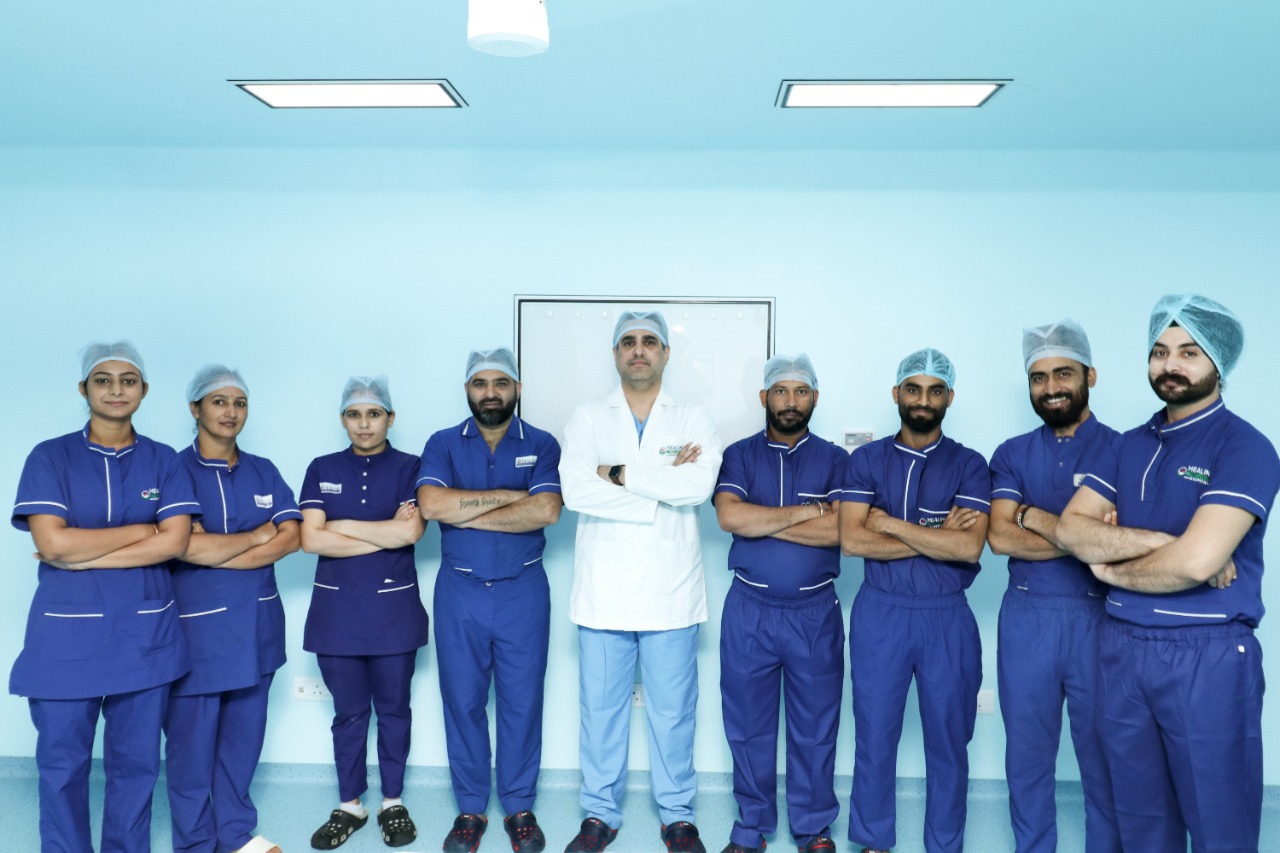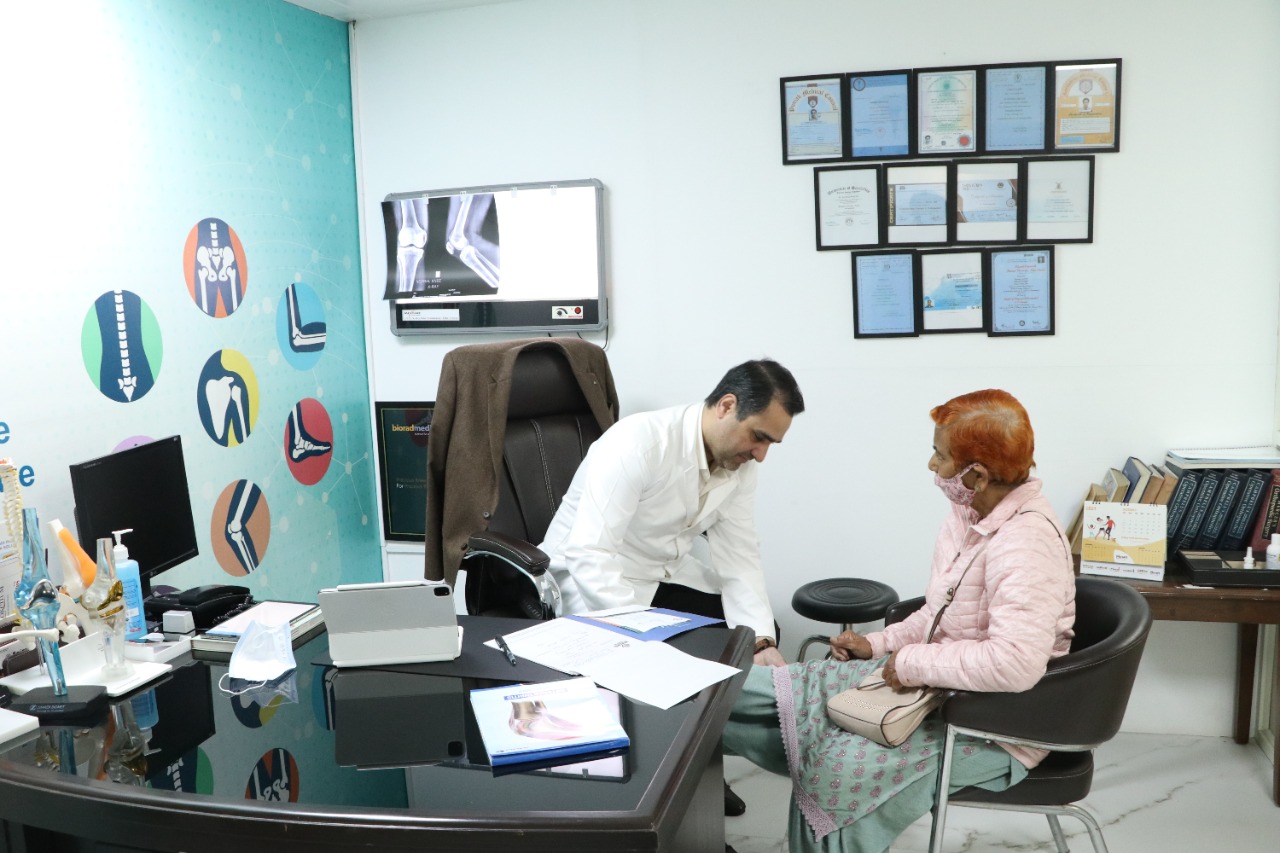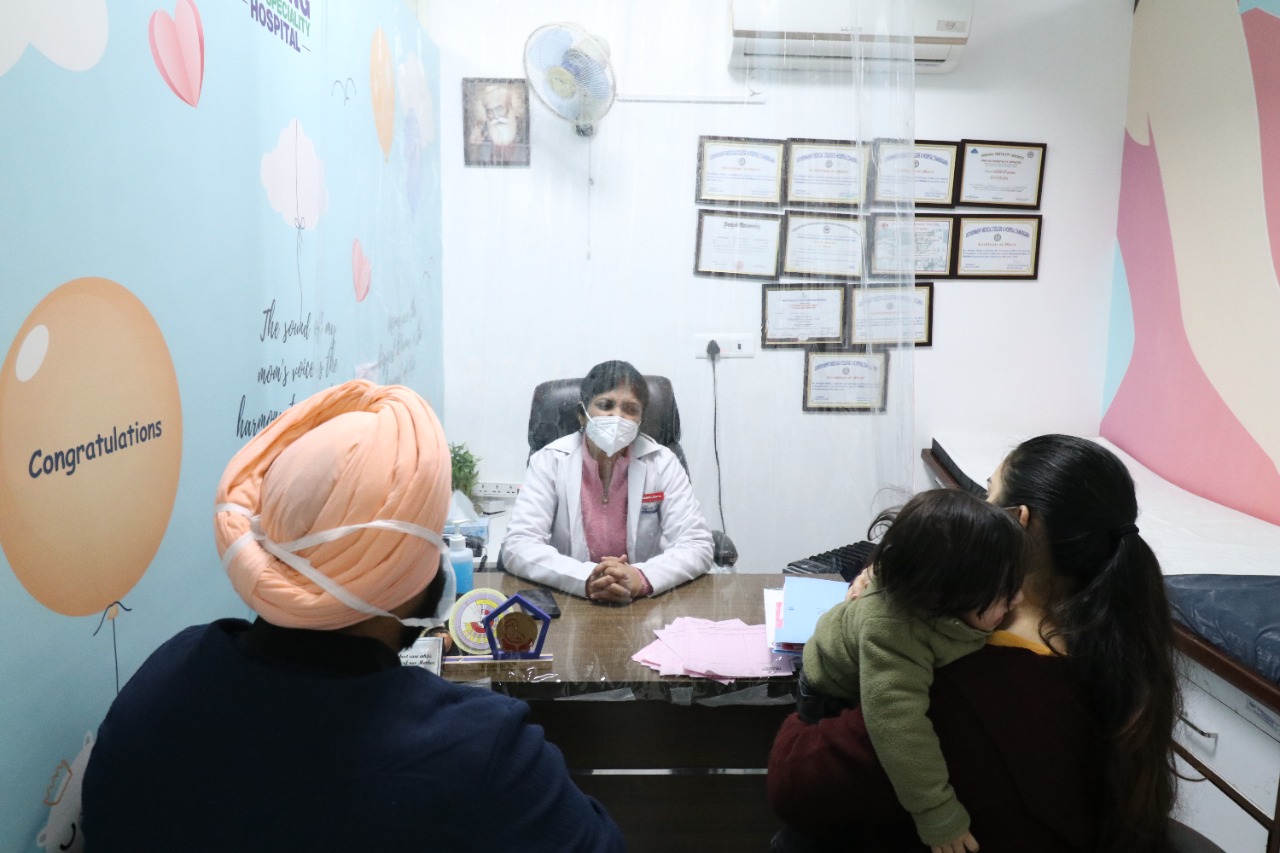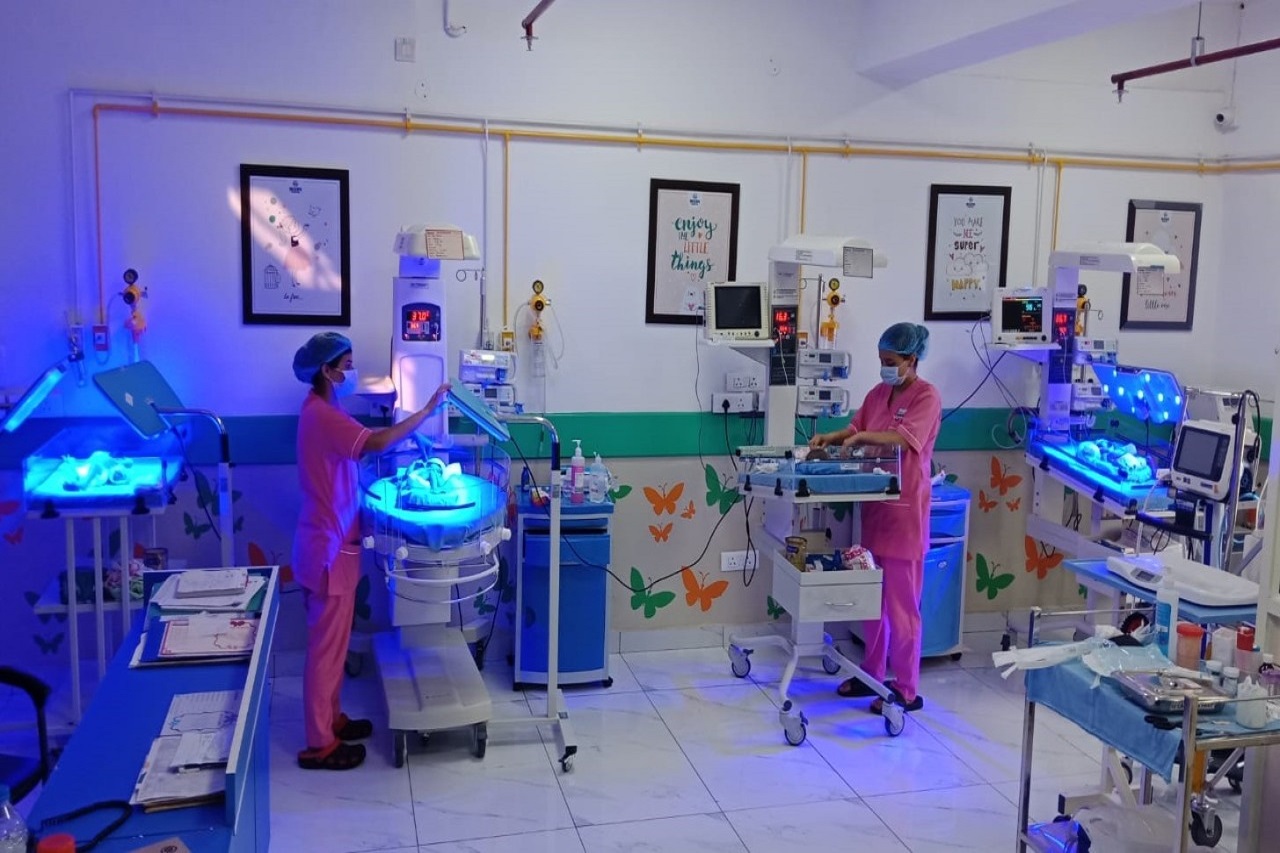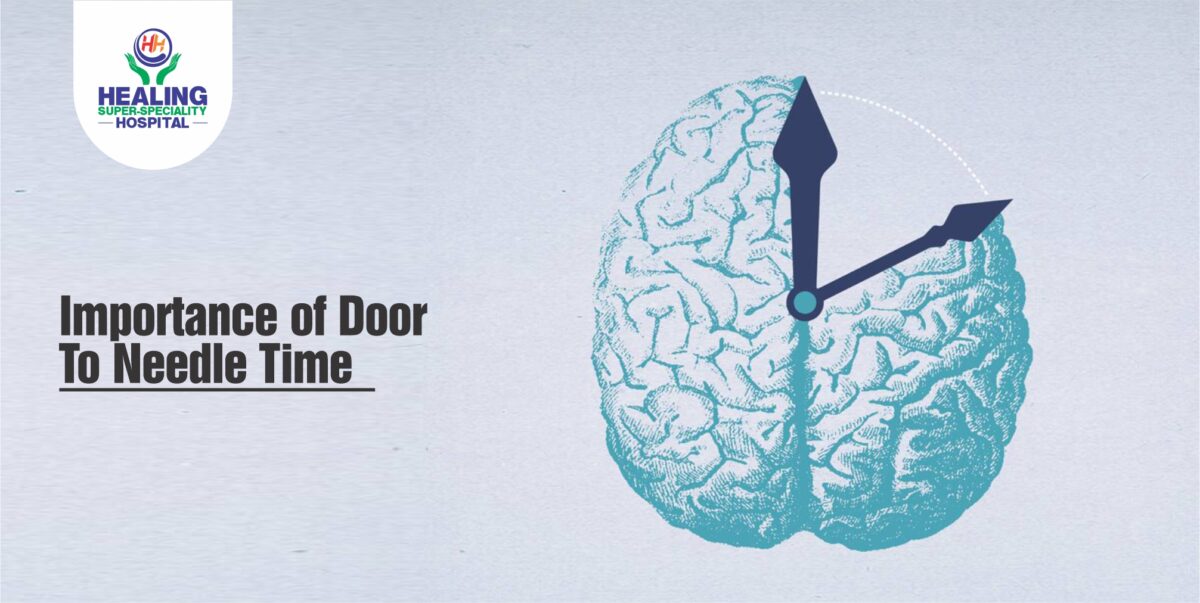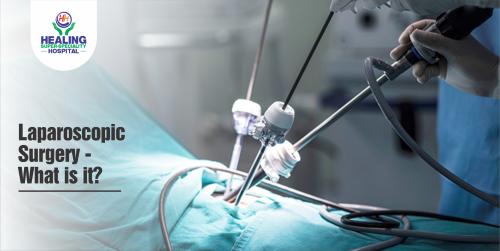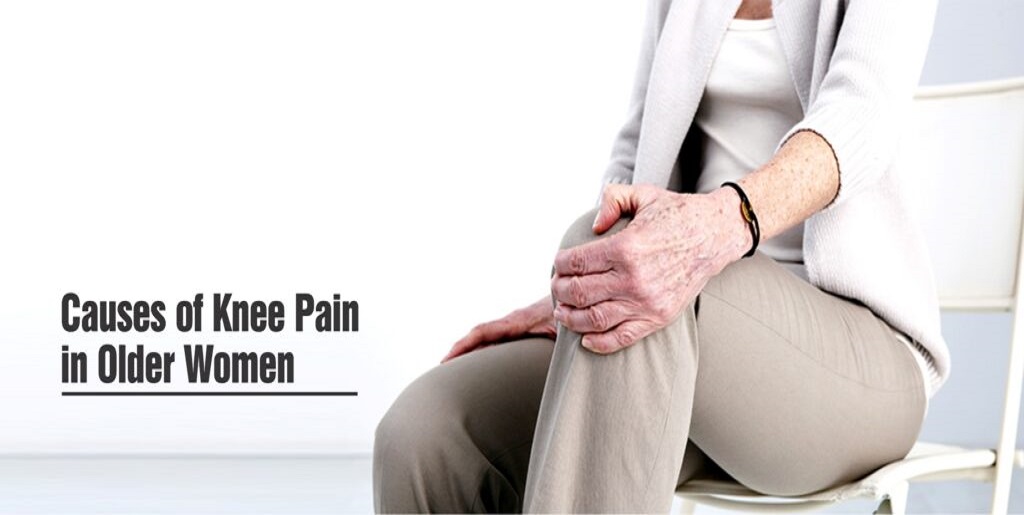Knee pain and mobility issues can impact our daily lives, making even simple tasks challenging. When conservative treatments fail to provide relief, surgical options like total knee replacement and partial knee replacement become workable solutions. Both procedures aim to ease pain and improve functionality but differ in scope and approach. Here, we will explore the details, benefits, and considerations of total knee replacement and partial knee replacement. It will help you make an informed decision about your knee health. If you are looking for the best Knee Pain Treatment In Chandigarh, you must consider Healing Hospital.
Total Knee Replacement
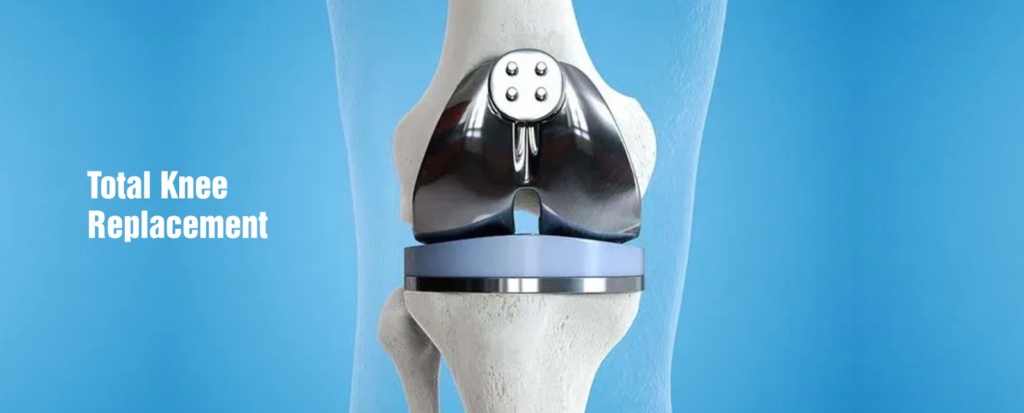
Total knee replacement, also known as total knee arthroplasty, is a surgical procedure in which the entire knee joint is replaced with an artificial joint. It is recommended for individuals with advanced osteoarthritis or extensive damage to many compartments of the knee. During a TKR, the surgeon removes the damaged bone and cartilage. And replaces them with prosthetic components made of metal, plastic, or ceramic materials. These components mimic the natural movement of the knee joint. Also, they provide improved stability and reduced pain.
Benefits of Total Knee Replacement
Comprehensive pain relief-
TKR can provide significant pain relief, particularly for individuals with severe knee osteoarthritis. The smooth surfaces of the artificial joint reduce friction, alleviating discomfort, and allowing for better mobility.
Restored functionality-
Total knee replacement can enhance knee functionality and mobility, enabling individuals to engage in activities they may have struggled with due to joint pain.
Long-term durability-
TKR prostheses are designed to be long-lasting, providing durable joint support for many years. This allows individuals to maintain an active lifestyle and enjoy improved knee function.
Considerations for Total Knee Replacement
Extensive surgical procedure-
TKR is a major surgery that involves replacing the entire knee joint. Like any surgical procedure, there are risks associated with anesthesia, infection, blood clots, and other complications. Post-surgical rehabilitation and recovery can also be time-consuming.
Post-operative limitations-
Following TKR, there may be certain activity restrictions during the recovery period. It is to ensure proper healing and prevent complications. Rehabilitation exercises and physical therapy are crucial for optimal recovery.
Partial Knee Replacement
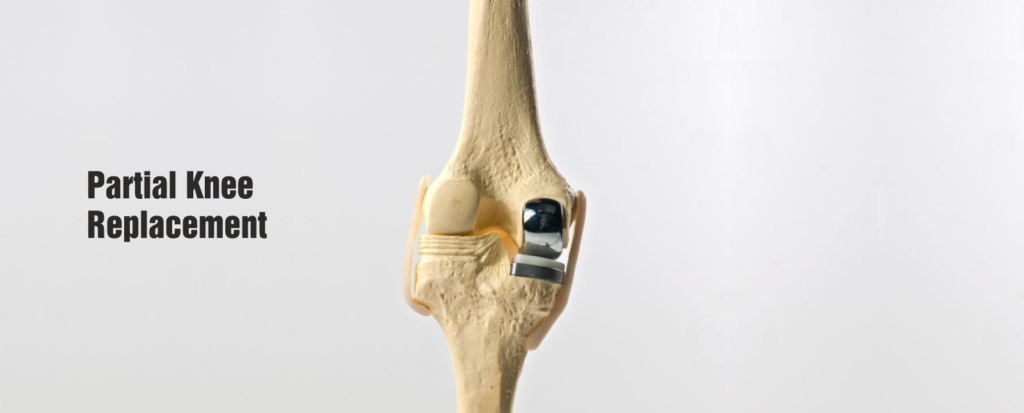
Partial knee replacement, also known as unicompartmental knee arthroplasty, is a surgical procedure in which only the damaged part of the knee joint is replaced with an artificial component. It is suitable for individuals who have osteoarthritis or damage limited to one compartment of the knee. PKR preserves the healthy parts of the knee. It focuses on targeted intervention rather than a complete joint replacement.
Benefits of Partial Knee Replacement
Less invasive procedure-
PKR is a less invasive surgery compared to TKR since it involves replacing only the damaged part of the knee joint. This can result in smaller incisions, reduced blood loss, and a quicker recovery time.
Faster recovery-
Due to its less invasive nature, PKR often allows for a faster recovery compared to TKR. Individuals may experience less pain, reduced hospital stays, and a quicker return to normal activities.
More natural knee movement-
With PKR, the healthy portions of the knee joint are preserved, allowing for a more natural range of motion and better knee function.
Considerations for Partial Knee Replacement
Limited scope-
PKR is suitable for individuals with damage confined to one compartment of the knee. If the damage extends to many compartments, TKR may be a more appropriate option.
Risk of revision surgery-
In some cases, a partial knee replacement may need a conversion to a total knee replacement in the future. Only if the remaining compartments of the knee deteriorate over time.
Finale
Choosing between total knee replacement and partial knee replacement depends on various factors. For example, the extent of knee damage, health, and individual preferences. While TKR provides pain relief and functional restoration for severe knee conditions, PKR offers a less invasive option for those with localized damage. Consulting with an orthopedic specialist is important. Connect with Healing Hospital for determining the most suitable approach for knee health. Remember, both procedures aim to improve your quality of life and ease knee pain, ensuring you can enjoy an active and pain-free lifestyle.
Visit Healing Hospital for the best Partial and Total Knee Replacement in Chandigarh.









